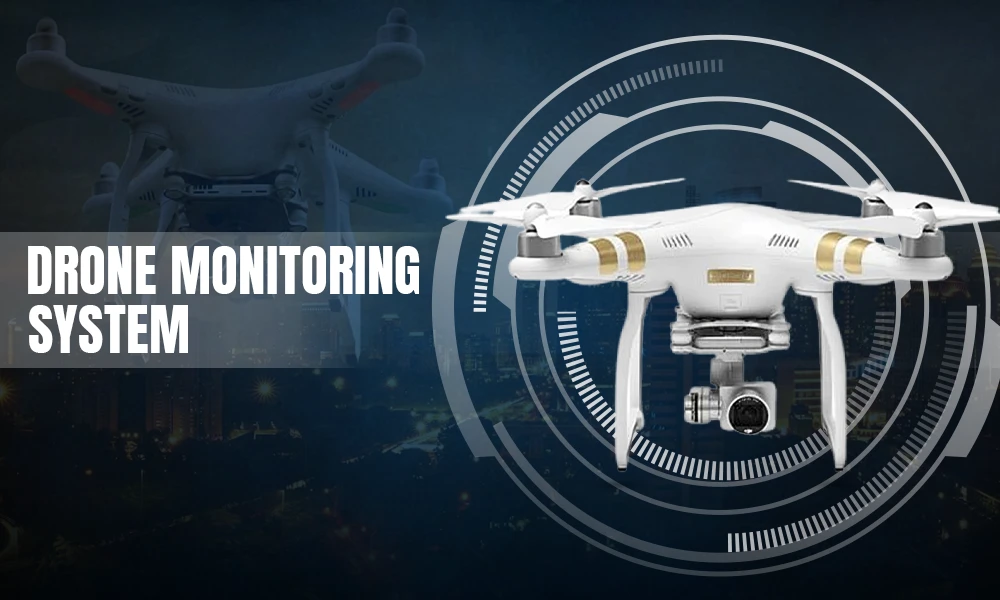A Complete Guide to the Phases of Penetration Testing

When looking to secure your organization’s cyber assets, updating or renewing your antivirus and other defensive measures won’t do! You probably already know this, and your search for alternatives has led you to penetration testing. Paying to be hacked as a cybersecurity strategy may seem a little dubious and disconcert at first glance. This article is meant to furnish you with technical information on the process that ought to put you at ease with the entire procedure. By the way, for professional testing, Nettitude provides security operation services.
What is Penetration Testing?
A penetration test – also known as a pen test – is a cybersecurity technique that employs ethical hacking to simulate authorized attacks on software applications, web/computer systems, devices, or networks. The aim is to safely expose any vulnerabilities, risks, or threats in an information technology infrastructure before malicious parties attempt to exploit them. The test also identifies certain habits or individuals that may be a weak security link. Penetration testing also tests the efficacy of the cyber defensive measures; using tools like SOC Monitoring, you have invested in proving whether you got your money’s worth.
Pre-Conceptual Engagement
Before diving into sectoral jargon, penetration testing companies should present the entire concept in a client meeting. Here they will lay out the test’s objectives and the logistical expectations/cooperation expected from your team. You should clearly state your expectations by outlining the goals you want to achieve or certain areas you want to be probed.
This is the stage to identify the best pen test for you by giving the testers the general scope, e.g. organizational culture and any specific risks posed to or by certain elements. The pen testing companies will recommend one of the three typical kinds of pe tests, i.e. white box, black box ,or gray box. The confidentiality contracts and legal implications of a breach are also discussed at this stage.
Phase One: Reconnaissance
Open-source intelligence or surveillance is the first step in the actual penetration testing process. The pen testers will employ various manual or automated tools to gather as much information on your organization as they can collect. This includes any potential targets within your organization, like employees.
Some kinds of pen testing require the testers to collect this critical information without your assistance, but other (often cheaper) kinds of testing require you to grant access to certain levels of knowledge. Either way, pen testers have an exhaustive list that points out points of access into your system.
Phase Two: Vulnerability Identification and Threat Modeling.
All the information gathered on your organization during the survey is compiled and analyzed by the pen testers. The testers will identify multiple targets and map attack vectors. They commonly map business assets, external and internal threats. Business assets, e.g., customer, employee, and technical data, are considered the highest value.
Identifying mapping threats is critical. There are multiple external threats to your system, e.g., web application, network protocols, ports, etc. Internal threats typically include staff and vendors. The testers make a definitive list of all the threats, vulnerabilities, and points of access, determining which are exploitable and to what degree.
Phase Three: Penetration Exploitation and Attempt
After doing all their homework in phases one and two, pen testers then determine the best way to infiltrate your IT infrastructure and exploit your security weaknesses. They attempt to demonstrate the maximum damage a certain gap in your security could result in.
Pentesters always restrict their exploitation to the scope set out in the conceptual stage of penetration testing. The most common methods exploited are network attacks, Wi-Fi attacks, social engineering, web application attacks, zero-day angle, and memory-based attacks. Afterward, the pen testers will document exactly how they gained access to your network.
Phase Four: Analysis/Report
Providing an exhaustive written report is an important outcome of penetration testing. After completing phase three, pen testers are required to expose the tools and points of access used to penetrate your organization’s cybersecurity. They also recommend how to plug security holes in your organization. Further, they should appraise the economic and privacy implications of data accessible during the attack.
Clean up
After completing the testing and reporting phases, the pen testers must retrace their steps and undo any changes made when attempting to breach the system. In deleting their footprints, they typically reconfigure settings to proper parameters, remove temporary files and executable scripts, etc. They also terminate any user account they may have created specifically to compromise your system and remove any rootkits.
Retesting
Information technology evolves at breakneck speed, and retesting is the best way to guarantee your continued cybersecurity and leverage proactive data protection strategies, which are ever more important to consumers.










